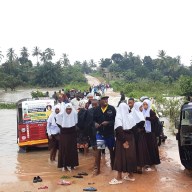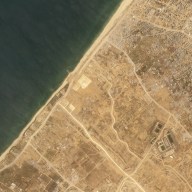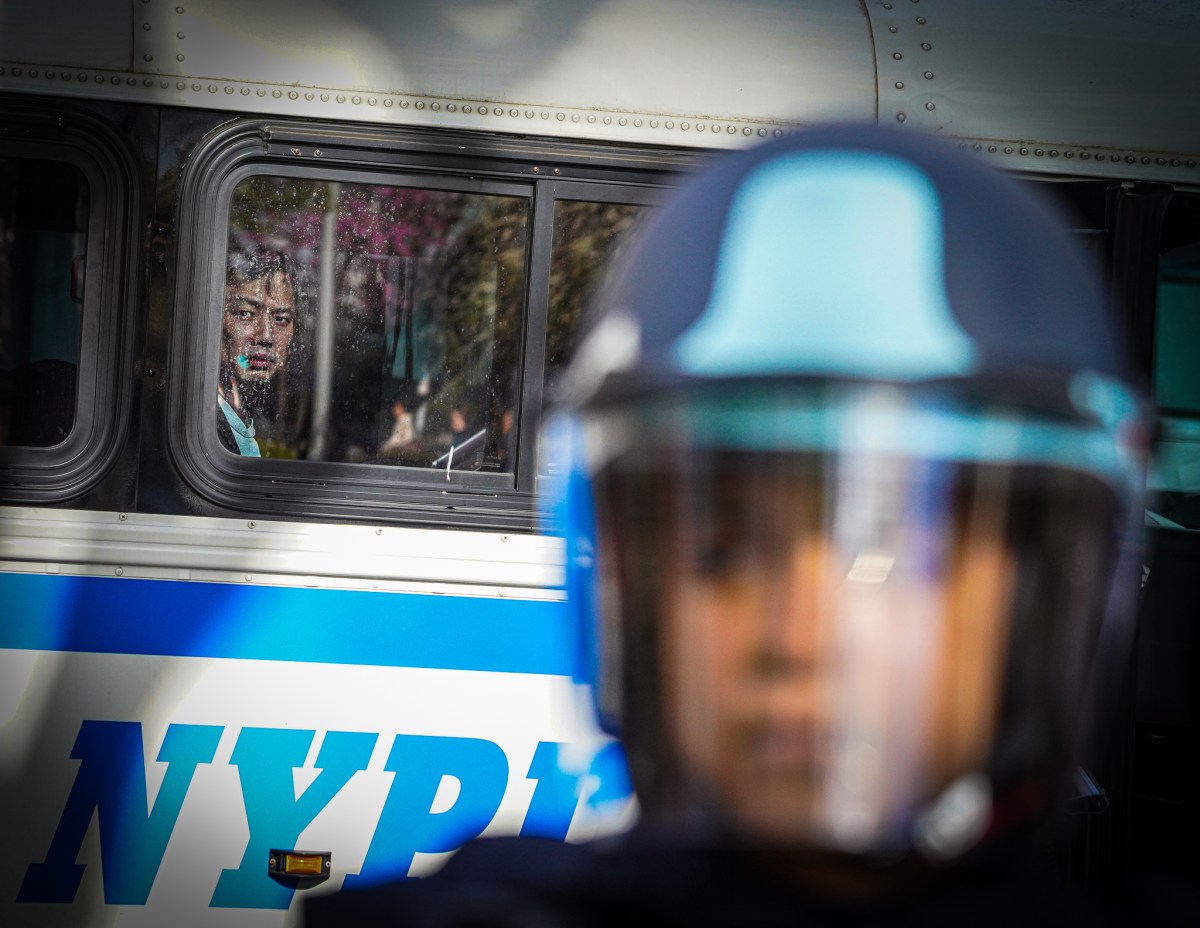Travel advisories aren’t the most comforting reports to read right before you get on a plane. One such advisory, containing phrases such as “fatal bombings,” “incidents of violence targeting crowds of civilians” and “random acts of terrorism,” inspired second thoughts about my impending visit to war-torn Sri Lanka.
In this South Asian country, the 20-year-long conflict between the Liberation Tigers of Tamil Eelam and the Sri Lanka Army has lead to over 60,000 deaths, damaged the economy, brought political instability and, unsurprisingly, caused a decline in tourist numbers. In 2007, close to 500,000 tourists visited Sri Lanka, 11.7 per cent fewer less than the previous year.
It’s no wonder. A few days before I arrived, Tamil Tiger rebels fired at a civilian bus travelling along a freeway.
According to local newspapers, the random attack killed three passengers and injured 16.
With news like that, even I — the girl who has backpacked through parts of the DR Congo, Rwanda and the Palestinian Territories — was feeling spooked.
After a week of exploring, touring from the capital city to the countryside, I discovered a reality beyond the travel advisories — a warm and wonderful country with stunning landscapes, rich cultural festivals and friendly people.
I learned how Ceylon tea is processed, how sapphires are harvested and how to say hello in both Sinhala and Tamil. I checked out a community development project, played cricket with school children and planted my very own mango tree.
Sri Lanka quickly become one of my all-time favourite destinations. Sights, sounds, smell and colour abound; in fact, everyone and everything in this country seems like a potentential subject for a National Geographic photograph.
As much as I wish more people could see this beautiful country, there’s something selfishly intoxicating about visiting “uncharted territories” off the tourist grid.
I loved being one of the only tourists around, but for the Sri Lankan people, it’s another matter.
“If the tourists aren’t hiring tour guides, I can’t make money to support my family,” said HP, a 65 year-old who takes tourists around the Independence Memorial Hall in Colombo. A man with white hair and sparkling blue eyes, he explained that prices have gone up in recent years and living is hard.
Like many others I spoke to — from jewelery store owners to vendors hawking elephant-themed trinkets — HP said that if the downturn continues, he may have to leave the country altogether to look for alternative employment.
Dee, a native of Ohio, first came to Sri Lanka as part of a tsunami relief project but, quickly, he was compelled to do more than just volunteer. Together with local partners he set up Jack’s Place, a guesthouse catering to foreign backpackers. When it first opened three years ago, business was booming but in recent months, Dee’s business has hit a dry patch. Still, there was an overriding sense of hope among the people with whom I?spoke — hope that the civil war will end, that there will finally be peace and the tourists will come flooding back.
Sri Lanka
• Sri Lanka can seem scary when you read the travel advisories. Government documents ask tourists to avoid several areas in the northeastern parts of the country, including Kilinochchi, Trincomalee, Batticaloa and Ampara Districts, the Jaffna Peninsula, Mannar and Vavuniya.
• In the region I visited —Kataragama, in the south — I felt completely safe, although I did have one brief moment of uncertainty while walking through an overcrowded market at a religious festival. Instead of worrying, I temporarily adopted a fatalistic approach and bought myself some curry.
Word Travels
Catch the second season of Word Travels, a documentary series that follows the real-life adventures of travel writers Julia Dimon and Robin Esrock. It airs Sundays at 8 p.m. EST on OLN.
– Julia Dimon is co-host of Word Travels, airing Sundays at 8 p.m. EST on OLN; www.juliadimon.com.
















